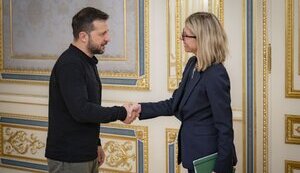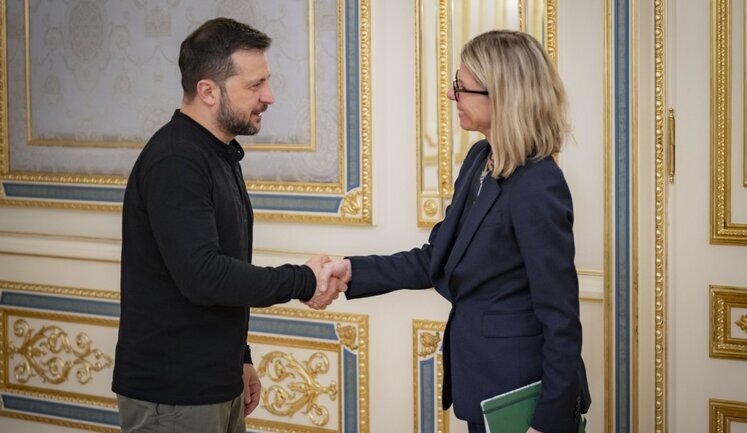The World Bank's ongoing efforts in supporting Ukraine's recovery are paramount as the nation receives $432 million for transport infrastructure restoration. This initiative not only aids physical reconstruction but also paves the way for institutional reforms crucial for Ukraine's aspirations to join the European Union. Prime Minister Denys Shmyhal highlights the significance of these funds, which are part of broader financial support amounting to billions already allocated by the World Bank. These investments underscore the commitment to rebuilding and stabilizing Ukraine's economy through enhanced governance and infrastructure improvements. The comprehensive financial aid, which includes inputs from Japan and other global entities, bolsters key sectors such as education and private enterprises, driving Ukraine towards a more stable and prosperous future.
How is the World Bank supporting Ukraine during the reconstruction?
The World Bank is significantly aiding Ukraine's reconstruction by providing substantial financial support aimed at rebuilding critical infrastructures such as transportation. Their projects focus on institutional reforms and economic stabilization, ensuring long-term growth and aiding Ukraine's preparation for potential EU membership. Continued support from the World Bank, alongside contributions from international partners like Japan, reinforces Ukraine's recovery strategy.
What are the main goals of the World Bank's projects in Ukraine?
The primary goals of the World Bank's projects in Ukraine include restoring essential infrastructures, supporting institutional reforms, enhancing financial governance, and stabilizing the economy. These initiatives are essential for Ukraine's recovery from conflict and are aligned with its goal of EU accession, providing crucial foundations for sustainable growth and governance improvements.
How much funding has the World Bank allocated to Ukraine recently?
Recently, the World Bank has allocated significant funds to Ukraine, including $432 million specifically for transport infrastructure, as part of broader commitments totaling billions. These funds are aimed at various sectors, supporting the reconstruction and economic stability needed for Ukraine's future growth and its aspirations for European integration.
In what ways is the World Bank ensuring the funds are used effectively in Ukraine?
The World Bank ensures the effective use of funds in Ukraine through strict governance frameworks, collaboration with local authorities, and partnerships with international stakeholders. These measures focus on transparency and accountability in managing the projects, ensuring that the allocation effectively meets the strategic objectives of economic stabilization and infrastructure development.
What impact has the World Bank's financial aid had on Ukraine's recovery efforts?
The World Bank's financial aid has had a profound impact on Ukraine's recovery efforts, providing necessary resources for rebuilding infrastructure and supporting economic reforms. This assistance has been instrumental in stabilizing key areas such as education and the private sector while propelling Ukraine towards a sustainable and prosperous economic future.
What is the significance of the World Bank's support for Ukraine's EU membership aspirations?
The World Bank's support is vital for Ukraine's EU membership aspirations as it involves funding projects that foster institutional reforms and governance improvements. These projects create an economic and political climate conducive to EU integration, demonstrating commitment to international standards and effective, transparent governance in line with EU criteria.
How does the World Bank's support align with international efforts towards Ukraine's development?
The World Bank's support is well-aligned with international efforts, complementing contributions from other countries and organizations like Japan's funding for education and the private sector. By coordinating with global partners, the World Bank ensures a holistic approach to Ukraine's development, maximizing the impact and sustainability of the recovery efforts.
What challenges does the World Bank face in supporting Ukraine amidst ongoing conflicts?
The World Bank faces several challenges in supporting Ukraine, including managing funds amidst ongoing conflict, ensuring security and effectiveness of projects, and coordinating with international partners under complex geopolitical circumstances. Overcoming these challenges is crucial for achieving the sustained progress needed for Ukraine's recovery and stability.


































